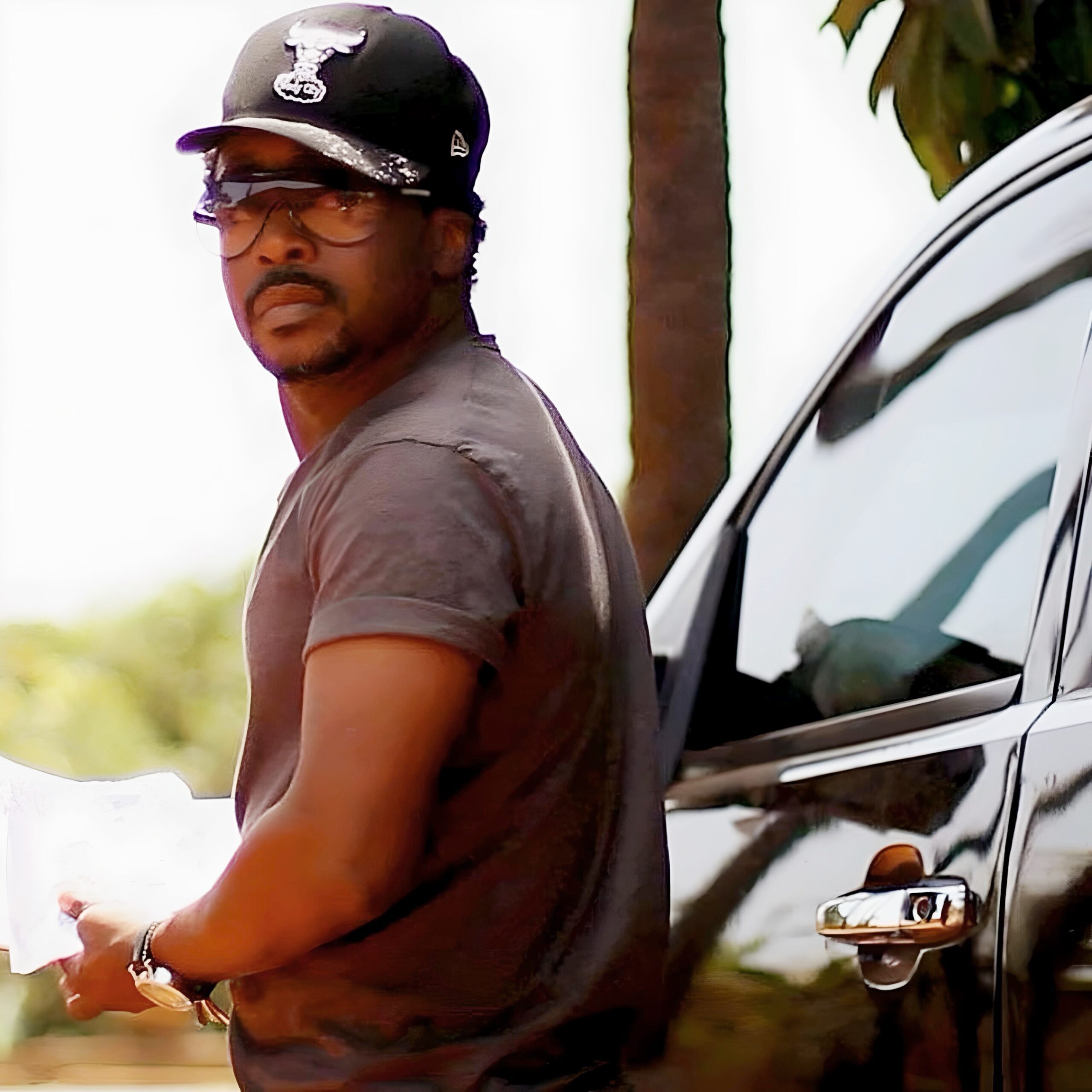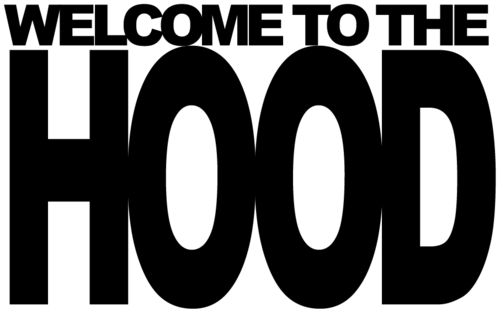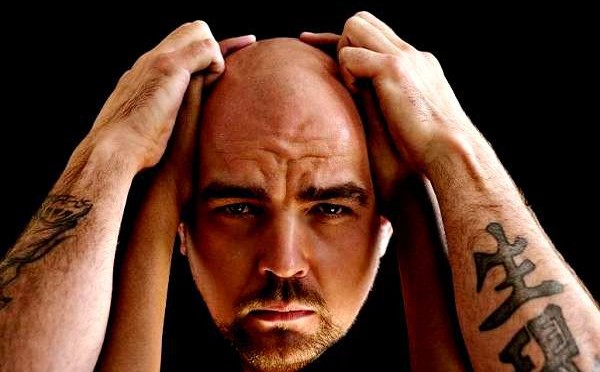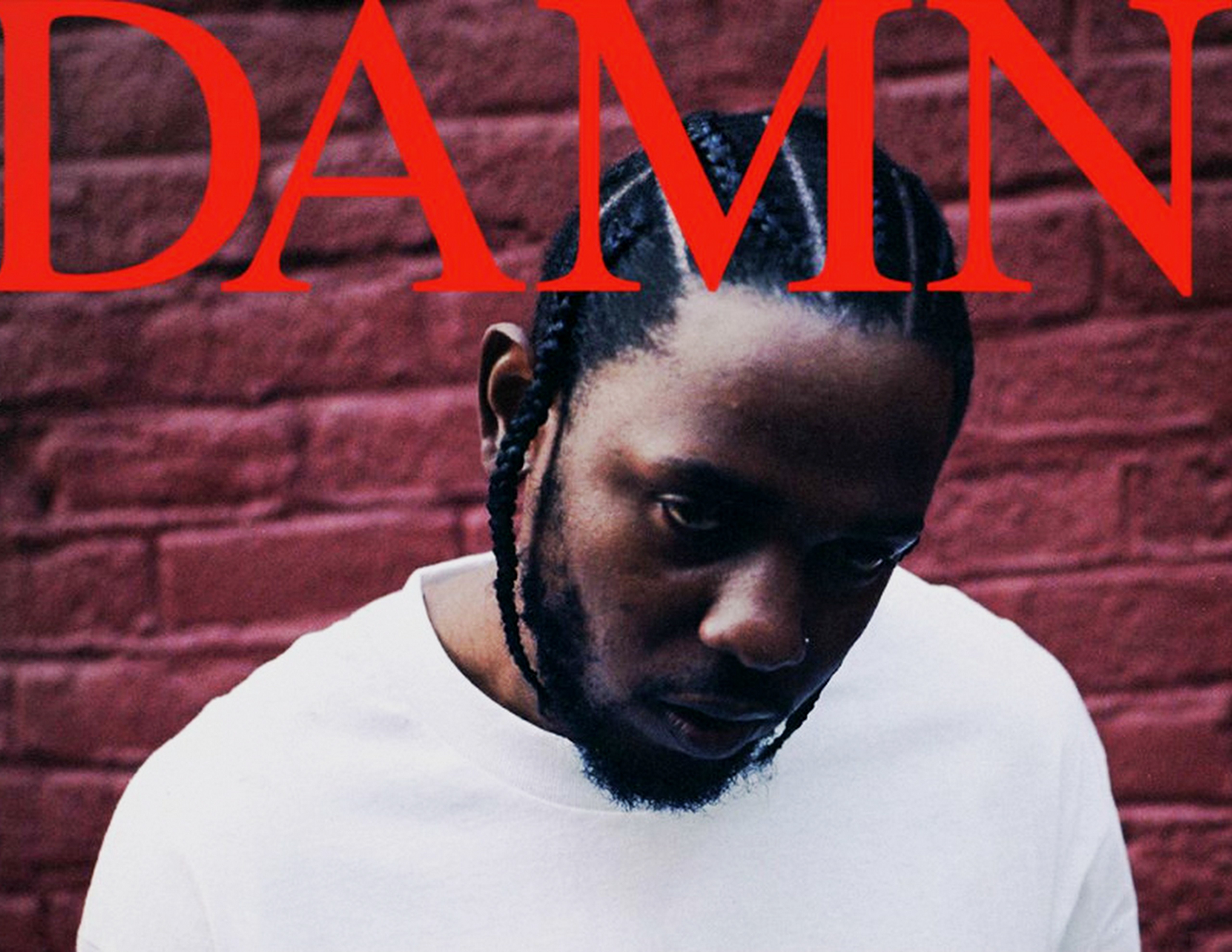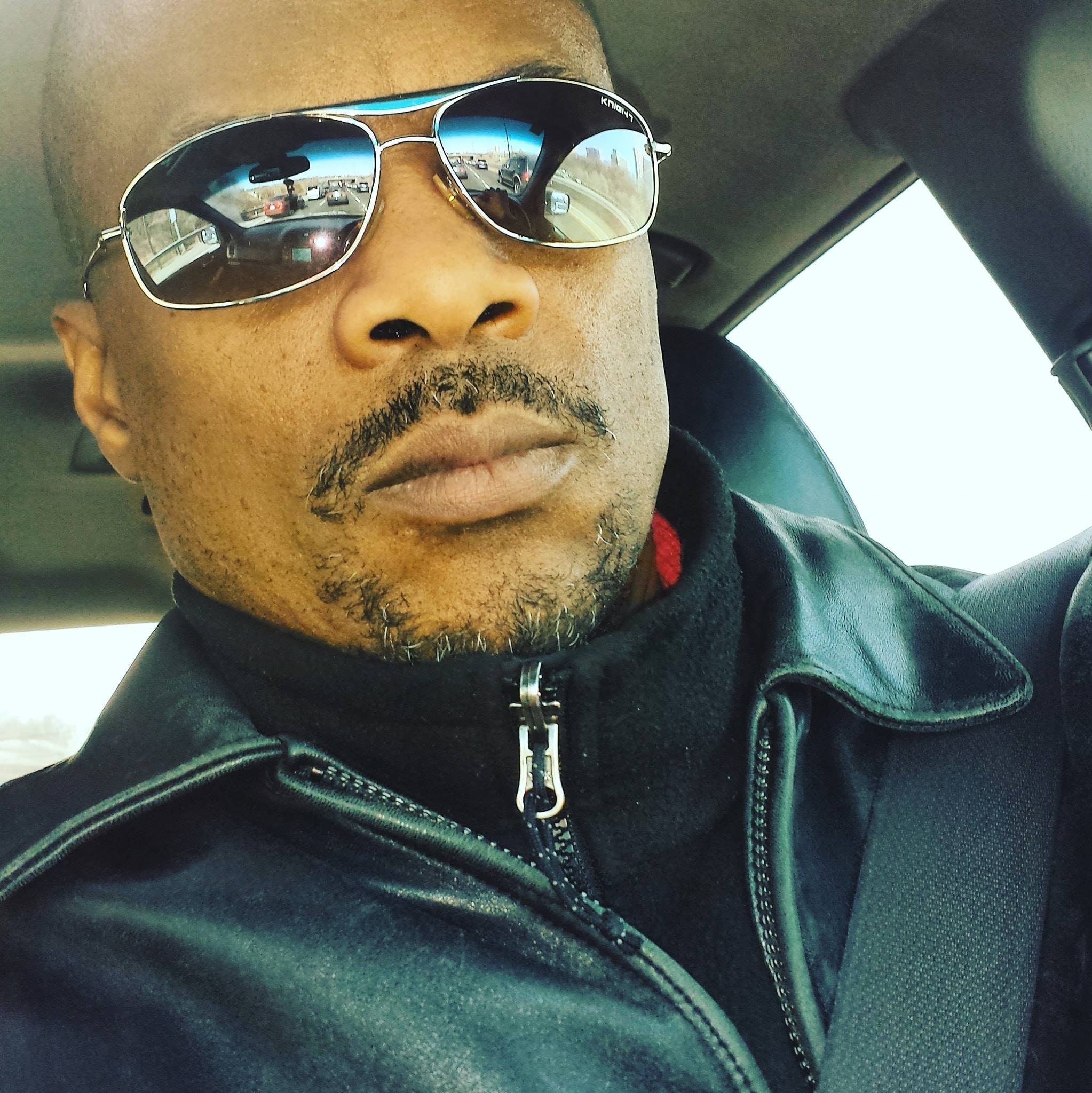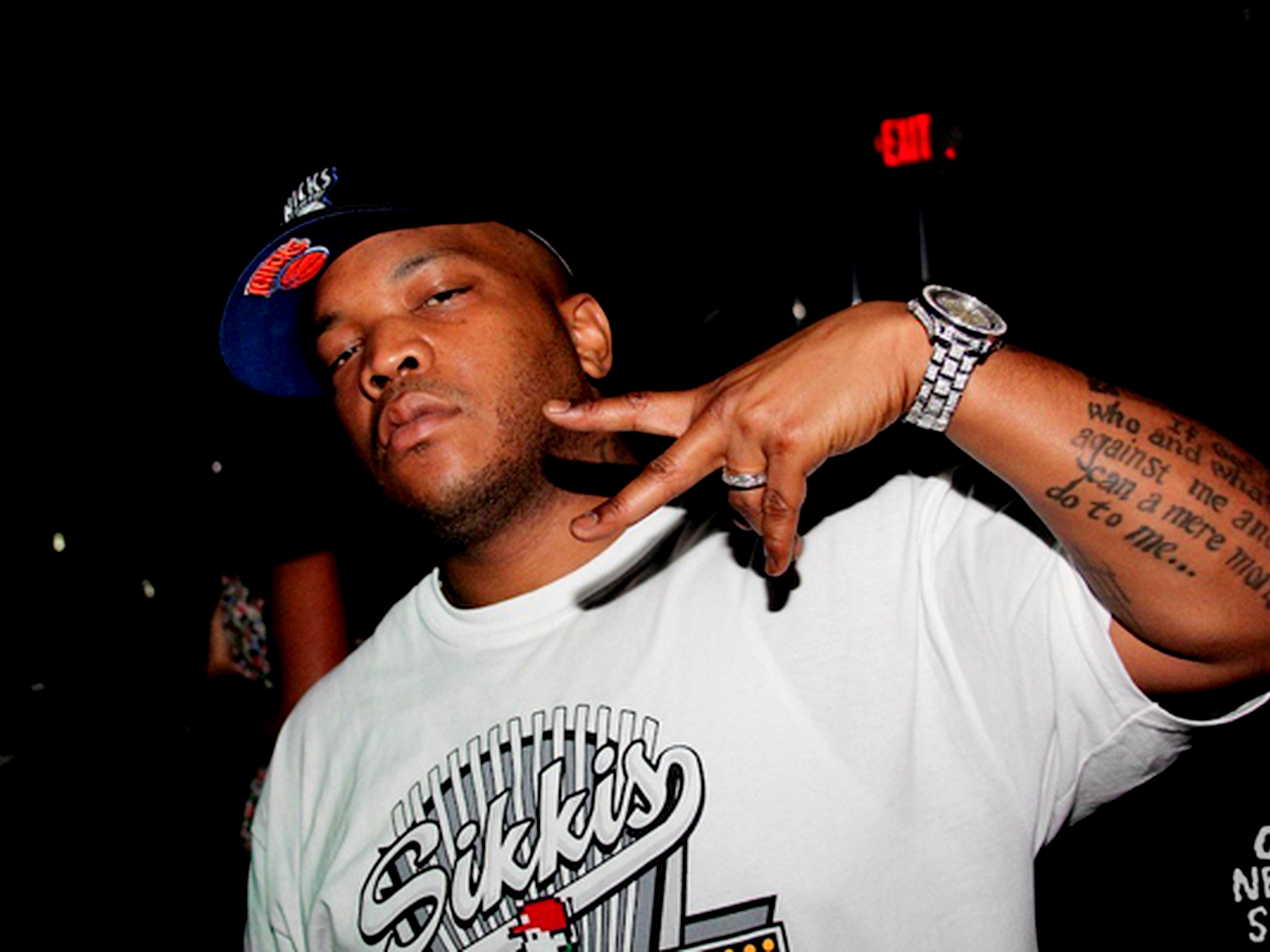Achieving global acclaim has been a hurdle for numerous Sierra Leonean musicians. This challenge, however, was masterfully overcome by Sierra Afrik, a Freetown-based musical ensemble whose legacy remains indelible. They boldly pioneered a path, successfully transporting the authentic sounds of Sierra Leone to audiences across the region and beyond. This groundbreaking achievement included securing performances for international crowds, solidifying their place as pioneers amongst Salone musicians who captivated a genuinely global audience—a distinction extending far beyond the confines of the Sierra Leonean diaspora. Professor J. Southern’s insightful five-part article.
He titled the article, “Popular Bands from Sierra Leone: 1920 to Present,” published in the esteemed “The Black Perspective in Music” journal (1973-1990), provides crucial context. The band’s impact resonates deeply because their accomplishment transcended mere musical performance. They strategically forged connections with international audiences, effectively bridging cultural divides and promoting a rich musical heritage. This deliberate effort to reach beyond national borders set them apart and laid the groundwork for future generations of Sierra Leonean artists. Their early success is a powerful testament to the potential for acceptance of Sierra Leonean music on the world stage.
Sierra Afrik also illustrate the transformative power of artistic expression to connect people across geographical and cultural boundaries. Sierra Afrik’s legacy is not merely one of musical innovation but also one of courageous cultural ambassadorship. In conclusion, Sierra Afrik’s exceptional journey is an inspirational beacon for aspiring Sierra Leonean musicians, demonstrating that global recognition is attainable through innovative artistry, strategic outreach, and unwavering dedication to sharing one’s unique cultural heritage. Their story, meticulously documented in scholarly works, inspires and informs the narrative of Sierra Leonean music. In his article, Professor J. Southern wrote:
“This report on popular bands of Sierra Leone, active from 1920 to the present, is intended to fill the gap in an area of musical activity where there has been a death in the documentation. It is based on data I have collected over a long period with the hope of achieving that objective. In this paper, a survey of the activities of famous bands and popular musicians from 1920 to 1980 will be inter-worked with an appraisal of the instrumentation, playing style, and other aspects of a selected repertory of popular music. In particular, selected texts of a class of popular songs of Sierra Leone in vernacular languages will be analyzed as illustrative of a “Tin Pan Alley” type of music found in Sierra Leone.” He explained.
The year 1920 is chosen as a convenient starting point since records about famous bands and musicians before that date are hard to see if there ever were any such bands. In the interviews I conducted with retired members of popular bands, their comments confirmed the virtual absence of such bands before the 1920s. It was this situation that caused men and boys of the so-called Old Boy’s Bands of the S. M. S. Grammar School (i.e., Church Missionary Society Grammar School) and the Wesleyan Boy’s High School to come together to form the famous bands that began to appear in the 1920s and 1930s. Before and after 1920, there were music schools for girls and young ladies, to which the Casely-Hayfords (particularly Chief Mrs. Adelaide Casely Hayford) made their laudable contributions.” The professor articulated.
Also, according to newspaper announcements in the “Sierra Leone Weekly News,” in Freetown (the capital city), there were regular offerings of concerts, operettas, and choral performances, both religious and secular. Such announcements can be traced back as far as 1886, the year a notice was published about a solo concert to be given in Freetown by a European named Snell. As stated above, when popular bands began to appear in the 1920s, their membership consisted of those recruited from Old Boys Bands of the two secondary schools. It should be observed that the bandmasters of those bands, Henry Smart and Professor Ebenezer Johnson Greywoode, contributed in no small measure to providing the necessary inspiration…” Like the good professor, my goal is also to document the evolution of music in Salone.
Jimmy B’s rise to acclaim was unprecedented as it brought international recognition—a landmark achievement for a Sierra Leonean artist. This accomplishment gains further significance considering the extensive global diaspora of Sierra Leoneans. Their remarkable reach, spanning continents from Asia to Australia, Europe to the Americas, ensures active communities wherever they settle. This highly collaborative spirit fosters a dynamic exchange, evidenced by the countless events and performances organized worldwide, often featuring prominent Sierra Leonean artists. Yet, while noteworthy, this extensive global presence doesn’t equate to the specific kind of international acclaim I’m highlighting.
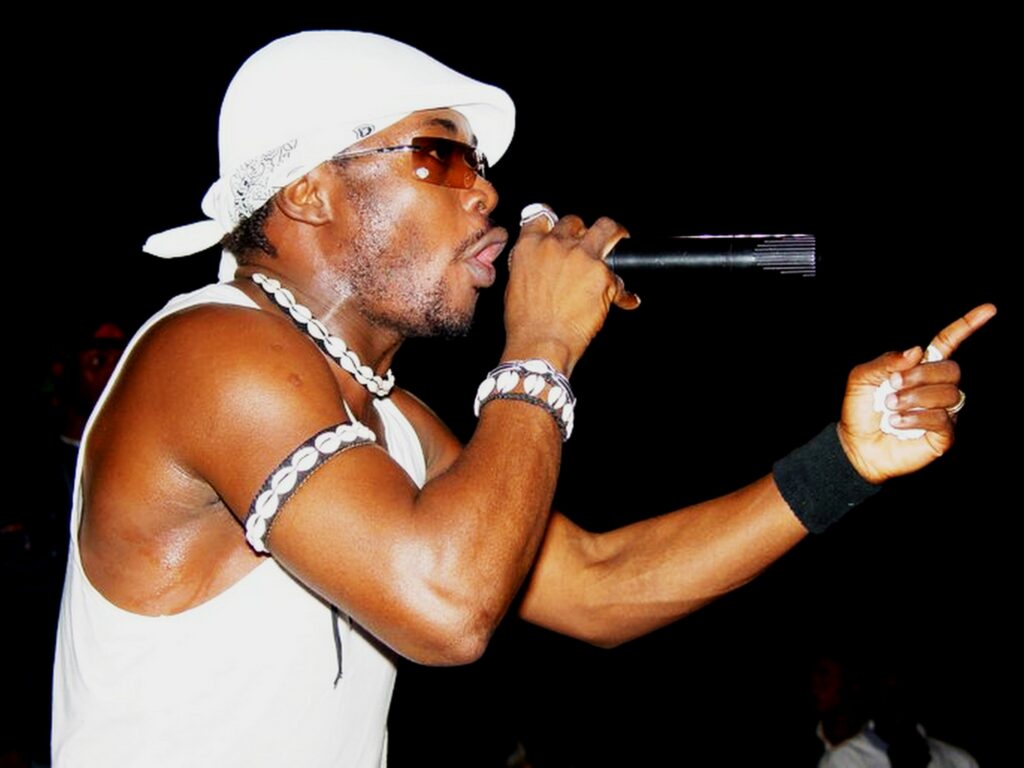
A true international success, in this context, means captivating a global audience beyond Sierra Leone’s borders—generating streams, garnering widespread airplay, and building a substantial international fanbase. Jimmy B shattered this barrier, arguably becoming Sierra Leone’s foremost emcee. His early work showcases undeniable lyrical dexterity. This remarkable achievement often serves as a springboard, encouraging artistic diversification and expanding one’s creative repertoire. He inspired me to yearn to be another exceptional rapper and dare to court international attention similarly. And I became the first Sierra Leonean with a Grammy nomination, a testament to Jimmy’s ambition and vision.
Defying the Odds
Between the period of 1988 to 2000, many dope emcees from Sierra Leone did not rise to prominence when Jimmy demonstrated a high level of genius and expertise. I will dare to insist that before he relocated to South Africa, Jimmy B must have been among the earliest pioneers of Hip Hop in Sierra Leone. In my theory, one of the most impressive qualities an artist should possess is modesty and respect for humanity. An emcee is a beam of strength in his or her community. He or she must have a degree of professionalism in business. They must display loyalty to the insufficiencies of the poor and the ailing. In today’s world, it is also imperative that an emcee has a multi-talent.
Multiple Talents in Entertainment
The godfather campaigned for peace and healing in natural disasters or unfortunate circumstances. In Jimmy B’s case, he has shown all these qualities and exceeded those expectations. In all my research, the rumor is that Jimmy B is an honest businessman. He has represented Sierra Leone on numerous international stages and made the country proud several times. As for his all-rounder and global charm, the icon of Sierra Leone did not only appear in the movie “Coming to America,” he became a mogul in the Sierra Leone film industry.
International Acclaim
Interculturally speaking, Jimmy B had first gained notoriety in South Africa from people who were not Sierra Leoneans before doing so in Salone. Sierra Leoneans learned about him after he led the charts and released several hits in Johannesburg. Most of his songs received airplay in Europe, Asia, the United States, and many other African countries. Today he is dedicated to the music industry in Freetown, Sierra Leone as a musician, music executive, film mogul, actor, and host of his radio show – The Jimmy B Show.*

